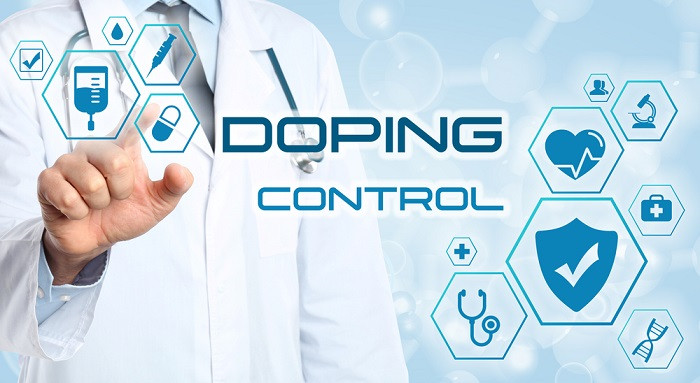Peptidic drugs (2-10kDa) - doping analysis - article 2022
Probing for peptidic drugs (2-10kDa) in doping control blood samples

New publication
Thomas A,Thilmany S,Hofmann A,Thevis M. Probing for peptidic drugs (2–10kDa) in doping control blood samples. Anal Sci Adv. 2022; 3:235–243.
download article
Abstract
Bioactive peptides with a molecular mass between 2 and 10 kDa represent an important class of substances banned in elite sports, which has been recognized with an increasing number and variety of substances by anti-doping organizations. Also, the annually renewed list of prohibited substances of the World Anti-Doping Agency (WADA) explicitly mentions more and more of these peptides, and efficient testing procedures are required. Even under simplified sample preparation conditions, liquid chromatography coupled to high-resolutionmass spectrometry (with resolution properties >100,000 full width at halfmaximum) offers suitable conditions for this task and can therefore be used as an initial testing procedure. In contrast to urine, blood analysis essentially relies on the detection of intact peptide hormones, and the expected concentrations are commonly higher in blood samples than in urine. This facilitates the analysis, and a generic sample preparation by means of mixed-mode solid-phase extraction could be realized in this study. Co-extraction and analysis of several different peptides such as insulins (human, lispro, aspart, glulisine, tresiba, detemir, glargine, bovine insulin and porcine insulin), growth hormone releasing hormones (sermorelin, CJC-1295 and tesamorelin), insulin-like growth factors (long-R3-IGF-I, R3-IGF-I and Des1-3-IGF-I) and mechano growth factors (human MGF and MGF-Goldspink) with criteria that fulfil the requirements of theWADA documents (TD2022 MRPL) for doping controls. The proof of principle was shown by the analysis of post administration samples after treatment with synthetic insulin analogues.